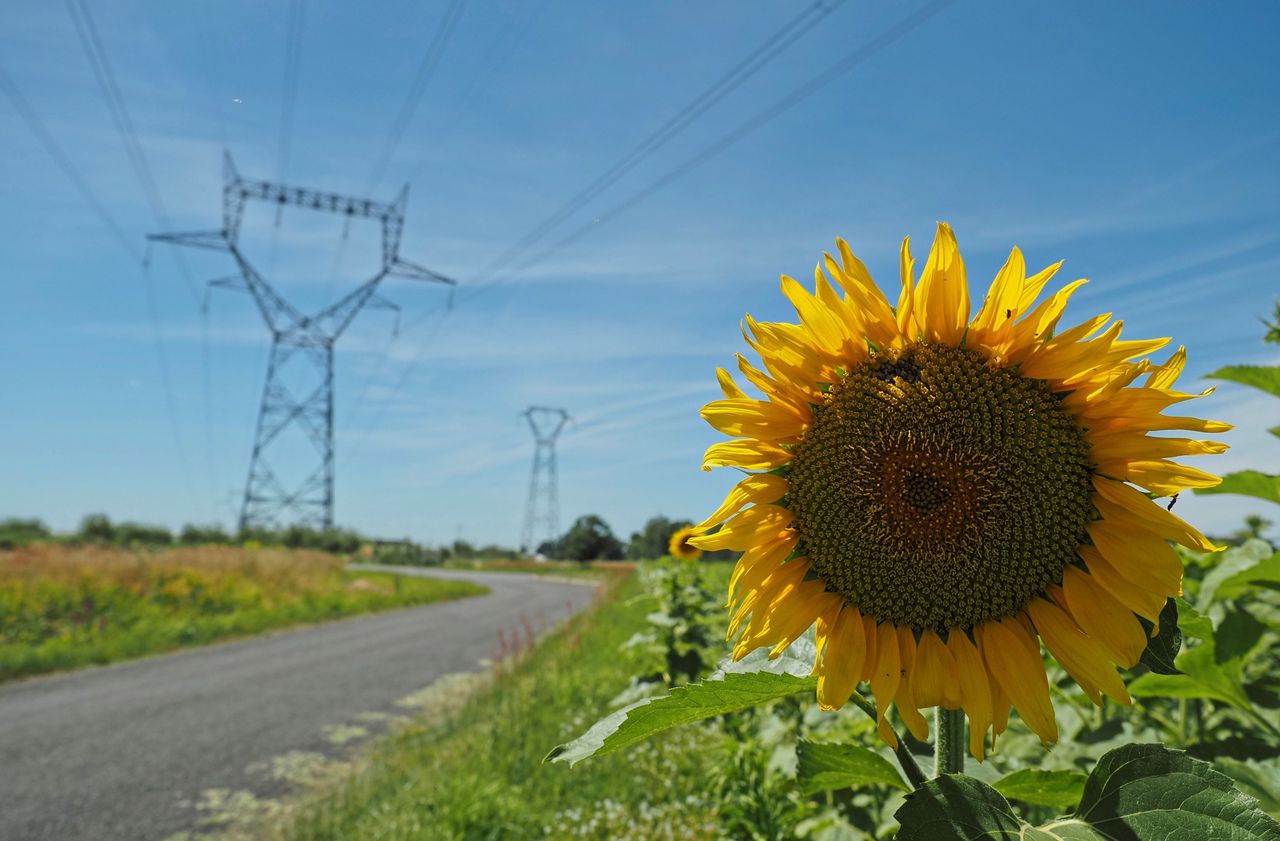The start of the school year promised to be that of the recovery plan, it was especially parasitized by the health crisis.
The rebound of the Covid-19 epidemic has led the government to place 2 then 21, 28 and finally 42 departments in “zone of active circulation of the virus”, or nearly half of the country.
There, prefects can take strong action, such as banning certain public gatherings or ordering restaurants and bars to close earlier in the evening.
Elsewhere, on the other hand, some parts of the country may be described as the coronavirus 'white zone'.
In 24 departments, no patient was in intensive care on Tuesday.
Seven identify an incidence rate, that is to say the number of new cases per 100,000 inhabitants over the past week, less than 20. Some, such as the Vosges and the Creuse, are even in both categories.
" Scalded cat fears cold water "
These territories experienced varied destinies during the "first wave" in March and April.
On the one hand, the Vosges belong to the Grand Est region, which suffered the full brunt of the epidemic first and which was then the most affected, along with Île-de-France.
Up to 40 patients were in intensive care at the same time in the hospitals of the department, mainly in Épinal.
"People very quickly understood the danger of Covid-19, so they undoubtedly follow health recommendations more closely," local deputy Christophe Naegelen (UDI) understands.
“The first wave was really dramatic and everyone realized it.
Scalded cat fears cold water, ”adds his colleague Bertrand Pancher, elected (LREM) in the neighboring department of Meuse.
Even if it is not compulsory to wear a mask outdoors, "a lot of people wear one", he explains.
VIDEO. “Additional measures on wearing a mask and opening hours for shops” in certain areas
Conversely, 500 km away, several territories in the center of the country were already “white zones” five or six months ago.
The main explanations are known, particularly related to rural characteristics.
In Creuse, the least dense department of metropolitan France (behind Lozère), residents are much less likely to brave physical distancing than in urban areas.
The fear of "feeling surrounded"
Same situation in neighboring Indre.
In Issoudun, a minority of residents wear a mask in the street.
"I do not see why I would make it compulsory in the public space, from the moment when distancing is generally well respected", justifies the mayor, André Laignel, who has always maintained the market of the town.
However, "we know very well that nothing is taken for granted and everyone is aware that it can also fall on us", warns the deputy for Creuse, Jean-Baptiste Moreau (LREM).
Moreover, in the same Nouvelle-Aquitaine region, the Gironde is in a critical situation.
In his speech on Friday, September 11, Jean Castex even cited Bordeaux, with Marseille and Guadeloupe, among the three sectors that cause the most concerns.
"We are rather calm because we have few cases, but we are afraid of feeling surrounded," slips Bertrand Pancher.
Its department of choice, the Meuse, is located between the Bas-Rhin, the North and the Île-de-France, all in an area of active circulation of the virus.
READ ALSO>
These mayors cured of Covid-19 who had to adapt their management
Newsletter - Most of the news
Every morning, the news seen by Le Parisien
I'm registering
Your email address is collected by Le Parisien to enable you to receive our news and commercial offers.
Learn more
“When they explain to us for twenty minutes, in the evening on all the television news, that we are all going to die in the next few months, people say to themselves: 'My God, it will end up happening here.
This feeds a growing degree of anxiety, ”regrets André Laignel.
Departmental management
For these elected officials, nothing would be worse than being included in an area larger than a department, with its share of restrictive measures.
It is out of the question to relive a national confinement or even to “undergo” decisions on a regional scale.
So, all congratulate themselves on the “decentralized” management of the management of the crisis, and the role given to the department prefects.
On September 10, Emmanuel Macron announced his intention to "decline territorially" the decisions that were to be announced the next day.
“Even the departmental level is almost too important.
All the people in my constituency do not necessarily go to the others in the department, ”even considers Christophe Naegelen.
In Indre, André Laignel is in regular contact with the authorities.
Every fortnight, the prefect of Indre, an official of the Regional Health Authority (ARS) and several representatives of elected officials meet physically or virtually to take stock.
The exchanges are going well, which does not prevent the councilor of Issoudun from remaining suspicious.
"The prefect plays the game, but, in some departments, he took decisions without necessarily that the elected officials agree," points out the one who is also vice-president of the Association of mayors of France.
READ ALSO>
Why politicians sometimes have trouble setting an example on barrier gestures
For the moment, nothing indicates that these “white zones” will inevitably lose this status one day.
The current relief may hide a strong concern, according to Jean-Baptiste Moreau.
And the deputy for Creuse concluded: “We have a rather elderly and fragile population and we have few doctors.
So, if it happens here, it might be worse than elsewhere.
"

